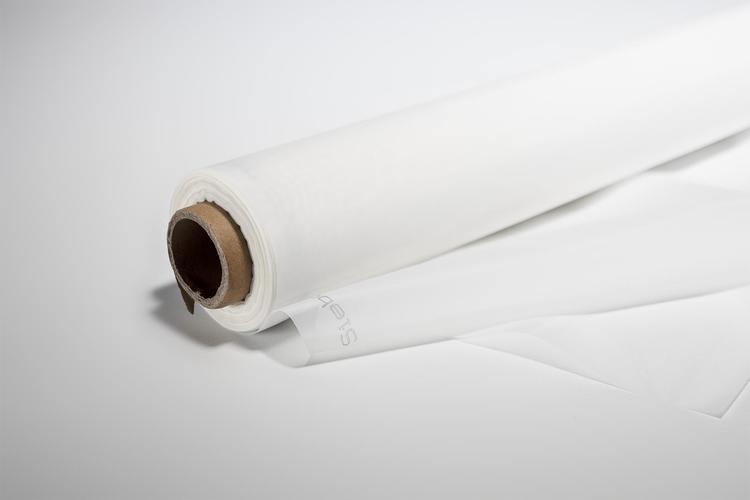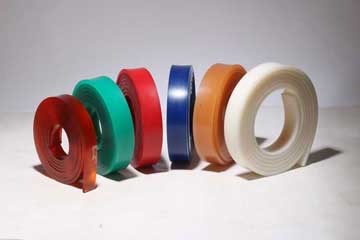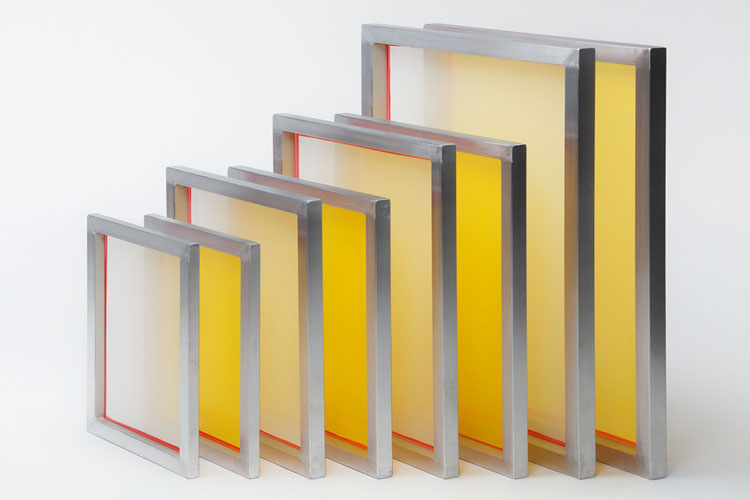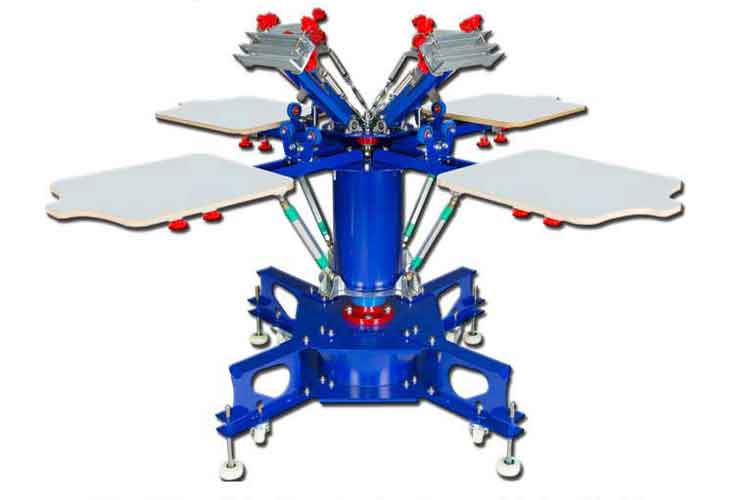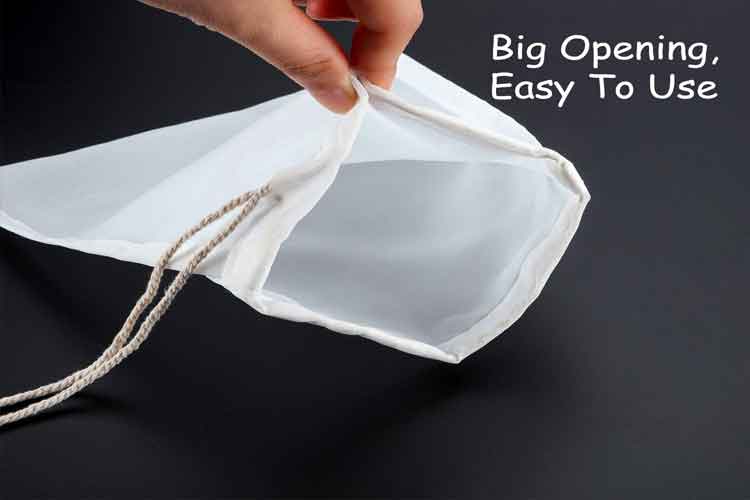110 Monofilament Screen Fabric: The Practical Choice for Precision, Durability, and Consistent Print Quality
The best production choices are often about compromise. For many studios the compromise that works best is a 110 monofilament screen fabric — balanced enough for detailed graphics, durable enough for repeated use, and flexible enough to support multiple i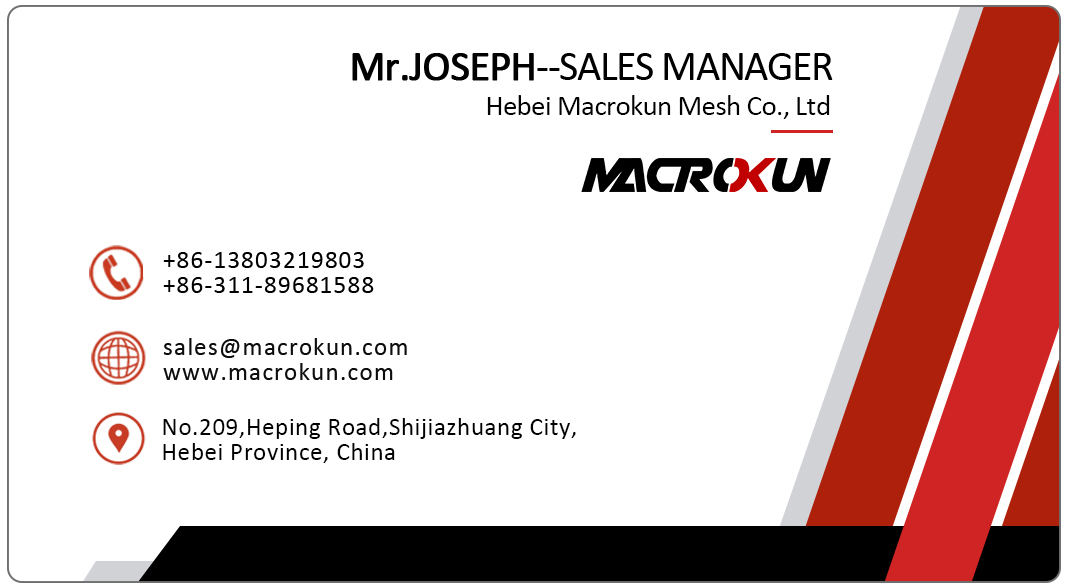
Why this mesh matters: precision starts with the right fabric
If your work demands clean edges, crisp halftones, and reliable registration, the choice of mesh is the very first decision that determines success. The 110 monofilament screen fabric brings an ideal balance of detail and ink flow: it’s fine enough to hold lines and small text, yet open enough to allow consistent ink deposit for common textile and graphic applications. Choosing this mesh gives you predictable results across many substrates, reducing time wasted on trial-and-error.
H2 — What “110” means and how it performs
The number “110” denotes the mesh count — 110 threads per inch — which places this cloth in a versatile mid-range. A 110 monofilament screen fabric typically delivers a medium-fine aperture that supports both plastisol and water-based inks well. For printers who rotate between garments, posters, and small signage, this mesh count is a reliable everyday choice: detailed enough for fine artwork, and robust enough for moderate ink coverage without excessive clogging.
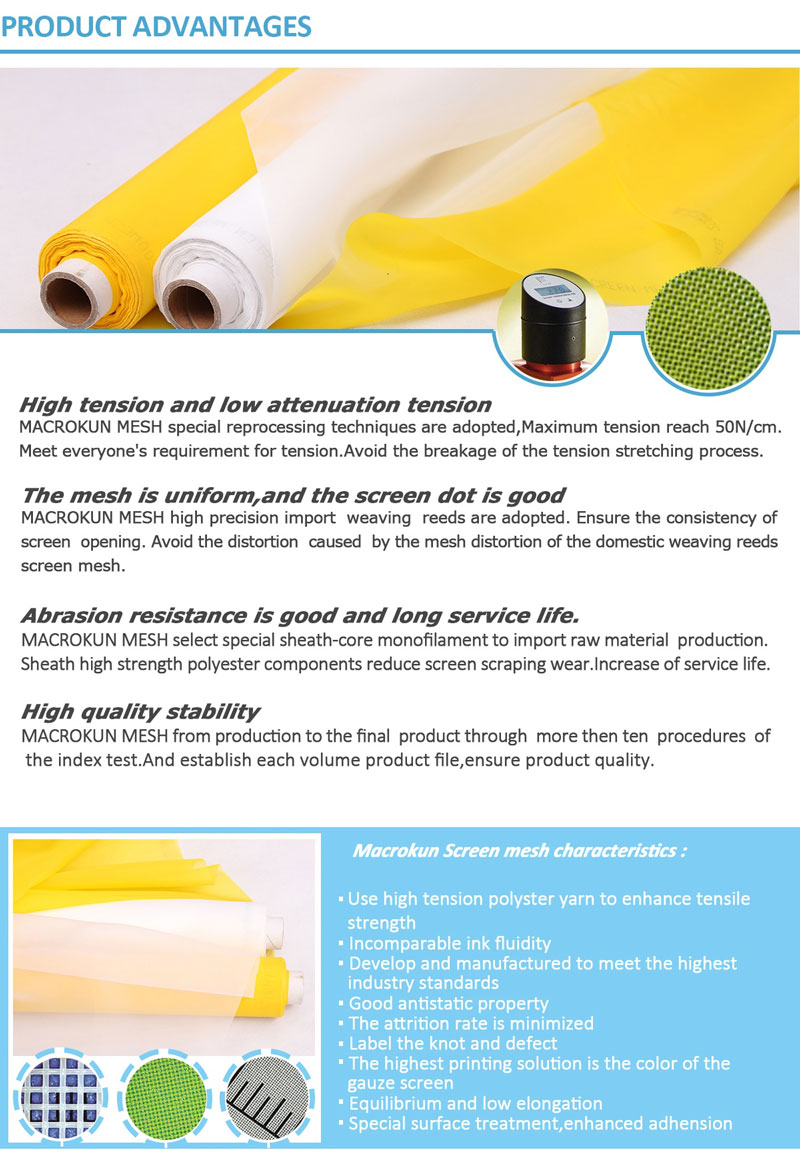
H2 — Monofilament construction: durability and accuracy
Monofilament polyester yarns are single-strand threads engineered for uniform diameter and low stretch. That uniformity is the reason a 110 monofilament screen fabric holds registration and tension predictably across a frame. Compared with multifilament or lower-grade meshes, monofilament options are easier to reclaim, more resistant to abrasion, and maintain consistent tension — all qualities that shops value for repeatability.
H2 — Typical uses and who benefits most
Artists, small shops, and production studios choose the 110 monofilament screen fabric when they need a balance: fine artwork on apparel, mid-weight halftones for posters, and general-purpose graphics where a single mesh must cover many tasks. It’s especially useful for designs with moderate detail that still require solid coverage in one or two colors. If you print custom tees, event posters, or limited-run packaging, this mesh often hits the sweet spot between image fidelity and throughput.
How to match ink choice and mesh for best results
Your ink system influences the ideal mesh. For high-viscosity inks or heavy fills, slow, steady pulls and slightly higher off-contact are recommended to avoid smudging. A 110 monofilament screen fabric works well with both plastisol and most water-based systems when you manage flood-and-print technique carefully. In practice, pairing the mesh with a compatible squeegee hardness and a consistent angle yields repeatable ink laydown and cleaner edges.
Tension, registration and print consistency
A consistent tension across the frame is crucial for fine draws. Because a 110 monofilament screen fabric is relatively stable under tension, it allows tighter registration without excessive risk of distortion. When you stretch and tension accurately, you’ll notice less variance from pass to pass — halftones stay put and multiple-color jobs align faster. For printers who demand consistent throughput, this stability reduces make-ready time and waste.
Edge detail and halftone performance
For art with small text or thin lines, the aperture of a 110 monofilament screen fabric holds crisp edges while letting halftones render smoothly. It’s not the finest mesh available, but its combination of thread size and opening makes it ideal for designs that mix linework with moderate tonal variation. If your job includes both fine vector work and larger solids, this fabric is a practical all-rounder.
Reclaiming and maintenance: keep your mesh productive
One reason shops prefer monofilament is reclaimability. Clean screens promptly after printing to remove oils and ink residues, soak in an approved emulsion remover when needed, and avoid aggressive scraping which can nick filaments. A well-maintained 110 monofilament screen fabric will withstand numerous reclaim cycles without losing aperture integrity, saving you money over multiple jobs.
Choosing width, roll length and color options
Suppliers sell the 110 monofilament screen fabric in various widths and roll lengths to suit single-frame shops up to larger facilities. White is the standard for most printwork, but other colors and pre-coated/emulsion-friendly variants exist for specialty needs. Buying the right roll width reduces waste: match the fabric width to your most common frame sizes to optimize cost per screen.
Sourcing quality: what to verify from suppliers
Not all mesh is identical. Confirm the manufacturer’s stated thread diameter, aperture size (µm), and whether the mesh is plain-woven monofilament polyester. Trusted manufacturers report consistent tension tolerance and provide technical datasheets. When selecting a 110 monofilament screen fabric, ask for specs and, if possible, a small sample. That helps you confirm compatibility with your stretch equipment and ink systems.
Cost-effectiveness: why the right cloth saves money
A cheaper, poorly specified cloth can cause headaches: uneven prints, faster wear, and more frequent replacements. Investing in a consistent 110 monofilament screen fabric reduces rework, shortens make-ready times, and increases usable life per screen. For shops tracking cost per print, the marginally higher per-yard price of quality mesh typically pays back quickly in reduced downtime and superior first-pass yields.
Common pitfalls and how to avoid them
Avoid oversaturating the stencil with ink, which masks detail; don’t overstretch and risk warping your frame; and don’t use aggressive brushes during reclaiming which can abrade filaments. If you notice pulling or fuzzy edges, check tension and confirm you used the correct emulsion thickness for the 110 monofilament screen fabric — sometimes minor changes to emulsion coat or exposure time are all that’s needed to regain sharpness.
Practical buying checklist
-
Confirm mesh count = 110 and monofilament polyester construction.
-
Request thread diameter and aperture (µm) if you require specific halftone behavior.
-
Match roll width to your most frequent frame sizes.
-
Ask for a sample or small order before committing to full-length rolls.
-
Verify supplier datasheets and tension recommendations.
Following this checklist helps ensure the 110 monofilament screen fabric you source meets your workflow needs and reduces surprises on production day.
Final thoughts: balance, repeatability, and confidence
The best production choices are often about compromise. For many studios the compromise that works best is a 110 monofilament screen fabric — balanced enough for detailed graphics, durable enough for repeated use, and flexible enough to support multiple ink systems. If you want fewer surprises during print runs and reliable first-pass results, start with a high-quality cloth and standardize your stretch, exposure, and washout processes to build predictable performance into every job.
Pre:Scoop Coater: Your Secret Weapon for Consistent, High-Quality Screen Printing
Next:120T Mesh for Professionals: A Balanced Approach to Ink Deposit and Fine Graphics
Tags:
